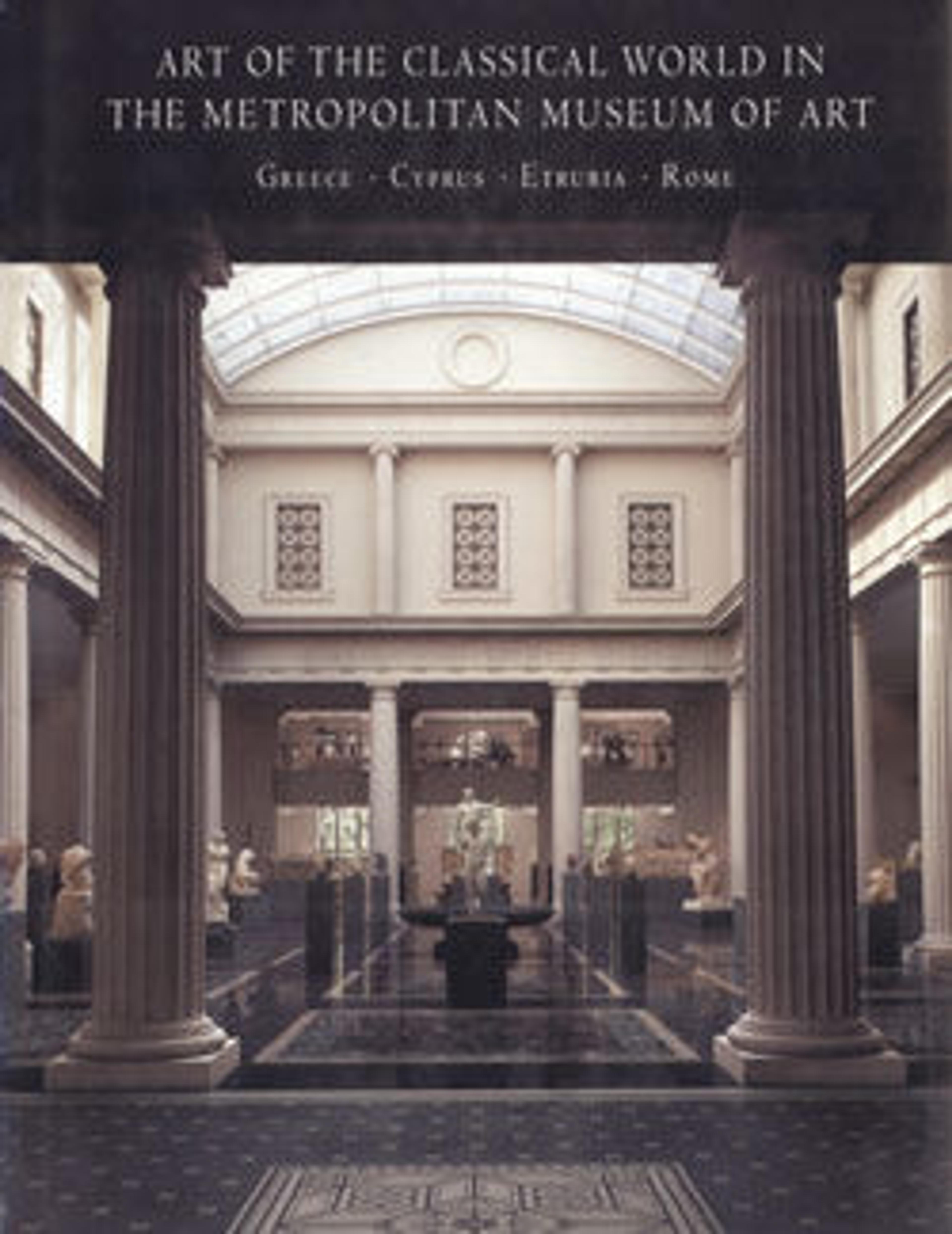Terracotta head of a woman
Since fine, hard stone such as marble was not readily available, Tarentine artists used terracotta for large-scale figures of high quality. The work to which this extraordinary head originally belonged may have been associated with a goddess, perhaps Aphrodite. Among the thousands of clay vases and figures found at Tarentum, subjects pertaining to the life of women, and specifically marriage, are prevalent.
Artwork Details
- Title:Terracotta head of a woman
- Period:Hellenistic
- Date:3rd–2nd century BCE
- Culture:Greek, South Italian, Tarentine
- Medium:Terracotta
- Dimensions:H. 10 1/2 in. (26.7 cm)
- Classification:Terracottas
- Credit Line:Rogers Fund, 1923
- Object Number:23.160.95
- Curatorial Department: Greek and Roman Art
More Artwork
Research Resources
The Met provides unparalleled resources for research and welcomes an international community of students and scholars. The Met's Open Access API is where creators and researchers can connect to the The Met collection. Open Access data and public domain images are available for unrestricted commercial and noncommercial use without permission or fee.
To request images under copyright and other restrictions, please use this Image Request form.
Feedback
We continue to research and examine historical and cultural context for objects in The Met collection. If you have comments or questions about this object record, please contact us using the form below. The Museum looks forward to receiving your comments.
